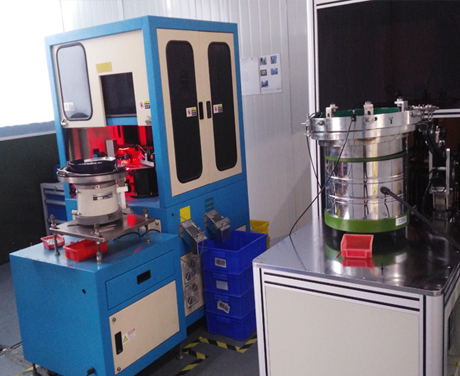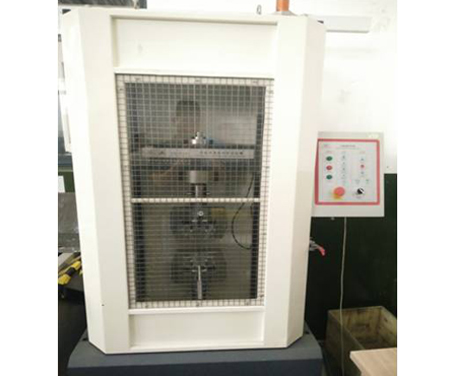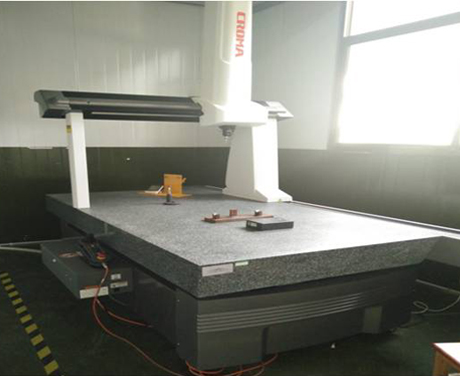01. Processing equipment
1. General lathe: lathe is mainly used for processing shaft, disc, sleeve and other workpieces with rotary surface. It is the most widely used machine tool in mechanical manufacturing. (the accuracy can be 0.01mm)
2. Ordinary milling machine: it can process plane, groove, various curved surface, gear, etc., and also can process complex profile. (the accuracy can be 0.05mm)
3. Grinder: grinder is a machine tool for grinding the surface of workpiece. Most grinding machines use high-speed rotating grinding wheel for grinding, while a few use oilstone, abrasive belt and other abrasives and free abrasives for processing, such as superfinishing machine tools, abrasive belt grinding machines, grinding machines and polishing machines. (the accuracy can be 0.005mm and 0.002mm for small parts)
4. Fitter: fitter operation mainly includes filing, sawing, marking, drilling, reaming, tapping and threading, scraping, grinding, correction, bending and riveting, etc.
5. CNC lathe: mainly processing batch products, high precision parts, etc. (the accuracy can be 0.01mm)
6. CNC milling machine: mainly processing batch products, high precision parts, complex parts, large workpieces, etc. (the accuracy can be 0.01mm)
7. Wire cutting: the electrode used for slow wire walking is brass wire, and the middle wire is molybdenum wire. It has high precision and good surface finish. Process some fine holes and grooves. (the accuracy can be 0.003mm for slow wire feeding and 0.02mm for medium wire feeding)
8. Spark machine: EDM can process materials and workpieces with complex shapes that are difficult to be cut by ordinary cutting methods (such as groove corner, small hole, abnormal hole and cemented carbide of die), and there is no cutting force during machining, and there are no burr, knife mark and groove. It is not affected by material hardness and heat treatment conditions. (the accuracy can be 0.005mm)
02. Process flow
Machining process specification is one of the process documents which stipulate the machining process and operation method of parts. Under the specific production conditions, the more reasonable technological process and operation method are written into process documents in the prescribed form to guide the production.
Each process can be divided into several working procedures, machining steps and machining processes.
Which process should be included in a process is determined by the structural complexity of the parts to be processed, machining accuracy requirements and production type.
Different production quantity, there are different processing technology.
Process knowledge
The general milling of holes with accuracy less than 0.05 can not be done, and CNC machining is required; if it is a through-hole, it can also be cut by wire.
After quenching, the fine hole (through hole) needs wire cutting; the blind hole needs rough machining before quenching and finish machining after quenching. The non precision hole can be made in place before quenching (with quenching allowance of 0.2 on one side).
The groove with width less than 2mm needs wire cutting, and the groove depth of 3-4mm also needs wire cutting.
The minimum allowance for rough machining of hardened parts is 0.4, and that for non quenched parts is 0.2.
The thickness of the coating is generally 0.005-0.008, which should be processed according to the size before plating.
03. Process man hour
Time quota is the time required to complete an operation, which is an indicator of labor productivity. According to the time quota, we can arrange the production operation plan, carry out the cost accounting, determine the equipment quantity and staffing, and plan the production area. Therefore, time quota is an important part of the process specification.
The determination of time quota should be based on the production and technical conditions of the enterprise, so that most workers can reach it through hard work, some advanced workers can exceed it, and a few workers can reach or approach the average advanced level through hard work.
With the continuous improvement of production technical conditions, the time quota is revised regularly to maintain the average advanced level of the quota.
The time quota is usually determined by the combination of technicians and workers through summarizing the past experience and referring to relevant technical data. It can also be determined by measuring and analyzing the actual operation time.
Process time = preparation time + basic time
The preparation time is the time that the worker is familiar with the process documents, receives the blank, installs the fixture, adjusts the machine tool, dismantles the jig and so on. Calculation method: estimate according to experience.
The base time is the time taken to remove the metal.




